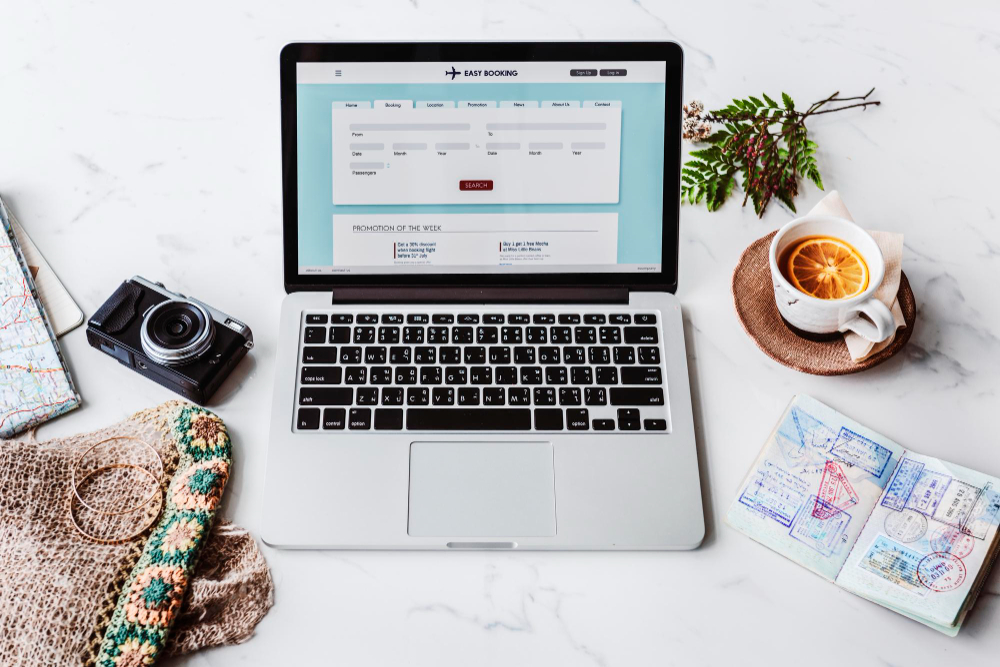The tourism sector is highly intriguing when examined from a communication perspective. The incorporation of emails and SMS into strategies, for example, proves advantageous and productive. By employing a planned multichannel approach that includes these forms of communication, new individuals and potential leads can be attracted.
Travel agencies, museums, tour operators, and accommodation facilities are some examples of entities within this sector that require constant strategic and creative stimuli to effectively communicate with the community.
What Communications Should Be Sent to the Community?
Examples can vary based on the category of affiliation and the communication objectives of the entity.
Accommodation facilities can send welcome emails to greet their customers and provide them with essential information about their stay, along with services and brief guides to help tourists navigate the area of their lodging. Additionally, thank-you emails can be sent for bookings or for selecting an optional service, while also providing necessary details. Moreover, after the stay, a hotel can stay in touch with the customer by sending special offers that entice them to return or recommend to a friend.
Providing What Customers Need
Constant notifications and updates assist the community in not feeling neglected and in receiving what they truly require. To aid their audience, it can be useful to create specific sections within emails, providing a comprehensive experience and offering advice and recommendations to all.
Delivering what customers need is the best solution to maintaining active engagement. Suggestions for local venues, restaurants, top sights to see, and testimonials can serve as inspiration for customers, and, above all, provide tangible assistance during their experience.
All of this is beneficial to the company for gathering customer behavior information and assessing their offerings.
Some Tips for Your Communications
Firstly, it’s essential to ensure you have all the fundamental data for sending communications within a database that can save and categorize your contacts. Dividing them into categories or lists simplifies sending the right communications to the right targets, who will only receive emails or SMS of interest. Failure to respect this can lead to a higher unsubscribe rate, as contacts may not find affinity with what they receive. Additionally, personalizing emails by including the recipient’s name enhances open rates and subsequent readership. This individual touch prevents the email from being dismissed as spam.

Content must be engaging and encourage recipients to click on any links provided within the email. To achieve this, you can insert captivating images, article previews, or CTAs that guide the audience to the relevant website or desired action.
Content quality is pivotal in communication; it must strike a balance, furnish users with all required information, and most importantly, allow them to navigate within the email or SMS without confusion. Presenting information schematically and easily retrievable helps clients quickly locate a detail, even on mobile.
Lastly, arranging elements for easy readability on mobile devices is essential to ensure a proper experience across different platforms. If there are attachments, as might be the case with flight tickets or receipts for payment or reservation of an exhibit or hotel, they should be intuitively named. For instance, renaming a ticket file with the passenger’s name, surname, airline, and airport codes makes it easier to search.
Every graphical aspect of communication should be valued, as creativity also plays a pivotal role in purchasing decisions. Therefore, attention should be paid to images (always in high quality and not overly large) and everything attached to the email, to facilitate the user journey and ensure they have everything they need for their experience.







